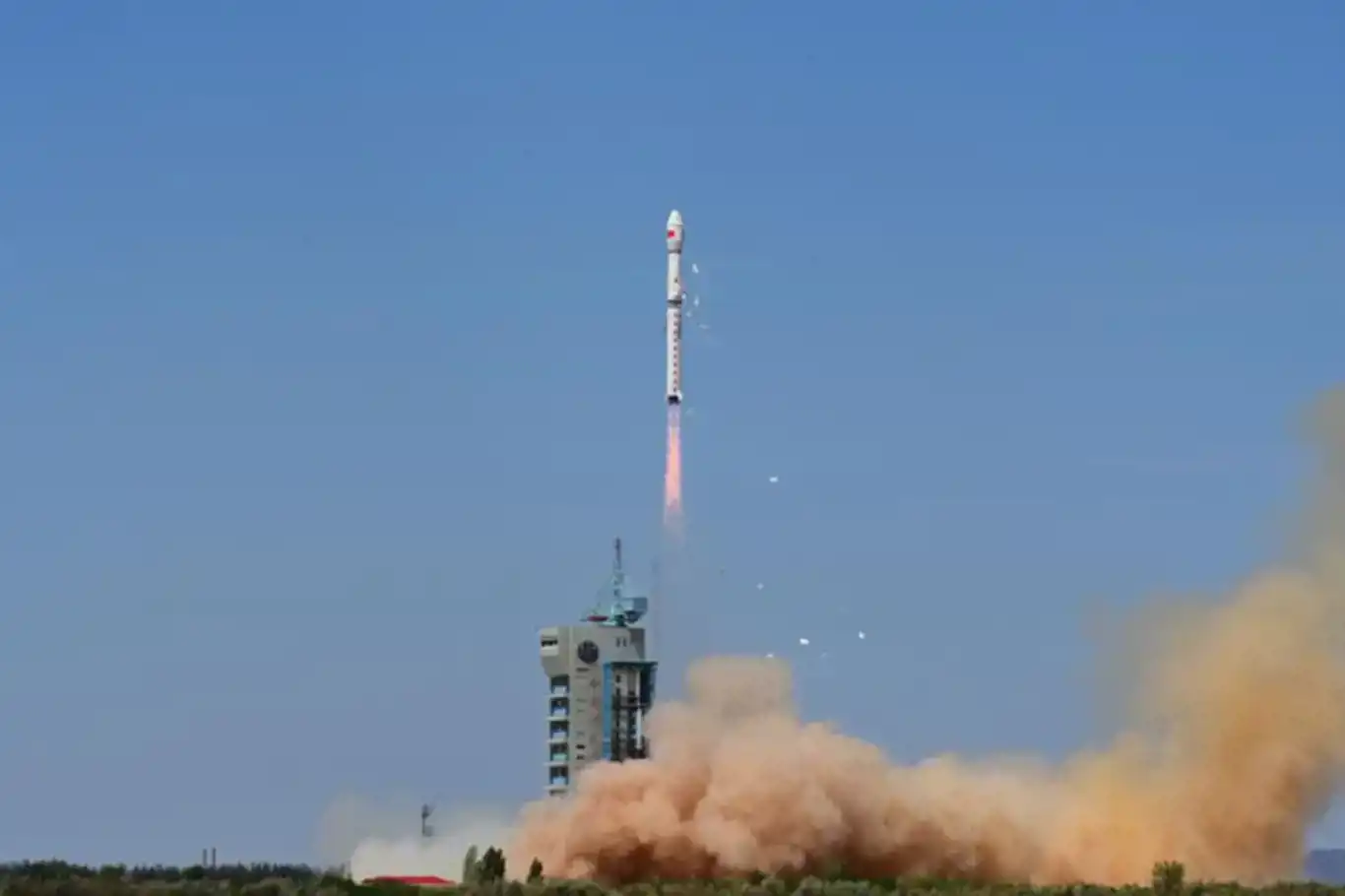China successfully launches advanced Fengyun-3F meteorological satellite into orbit


On Thursday, China achieved another milestone in its space exploration endeavors as it successfully launched the Fengyun-3F (FY-3F) meteorological satellite into space from the Jiuquan Satellite Launch Center in northwest China.
The satellite was launched at 11:47 a.m. (Beijing Time) by a Long March-4C carrier rocket and smoothly entered its planned orbit.
Developed by the Shanghai Academy of Spaceflight Technology (SAST) under the China Aerospace Science and Technology Corporation, and with its ground application system operated by the China Meteorological Administration (CMA), FY-3F boasts advanced load configuration and performance indicators that have reached the international advanced level.
As a cutting-edge meteorological satellite, FY-3F will take over the in-orbit responsibilities of the FY-3C satellite and will serve in vital areas such as weather forecasting, climate prediction, disaster monitoring, and environmental surveillance.
Li Haisheng, the satellite mission's commander from SAST, revealed that FY-3F is equipped with an advanced microwave thermometer, a microwave hygrometer, and an infrared hyperspectral atmospheric detector. In a significant improvement over FY-3C, FY-3F provides over 40 times more atmospheric vertical detection channels, enabling a more precise understanding of atmospheric temperature and humidity stratification.
By combining microwave and optical atmospheric detection instruments, FY-3F can capture atmospheric temperature and humidity profile information that is not easily discernible to the human eye, facilitating more accurate three-dimensional scanning of the atmosphere and improving the tracking of typhoons and rainstorms.
Chen Zhenlin, head of the CMA, stated that the new satellite will significantly enhance the timeliness and accuracy of weather forecasting, contributing significantly to disaster prevention and reduction efforts.
FY-3F also comes equipped with dynamic monitoring capabilities for the spatiotemporal distribution and changing trends of global atmospheric trace gases with high precision and frequency.
Additionally, the satellite features an upgraded ultraviolet detection capability, housing two newly developed ultraviolet hyperspectral remote sensing detectors. Wang Jinhua, the chief designer of the satellite from SAST, emphasized that these detectors will provide crucial information for climate change, atmospheric chemistry, and atmospheric environment research.
Currently, with nine Fengyun meteorological satellites already in orbit, these space assets provide indispensable data products and services to 129 countries and regions around the world. The successful launch of FY-3F represents a significant step forward in China's commitment to enhancing meteorological observation and its contributions to global weather monitoring and analysis. (ILKHA)
LEGAL WARNING: All rights of the published news, photos and videos are reserved by İlke Haber Ajansı Basın Yayın San. Trade A.Ş. Under no circumstances can all or part of the news, photos and videos be used without a written contract or subscription.
A tragic accident in New South Wales’ central-west region claimed one life on Thursday morning when a truck struck a disused railway bridge, causing the structure to collapse.
Palestinian prisoners’ advocacy groups have reported that the number of Palestinians languishing in Israeli prisons has surpassed 9,250 as of November, amid intensifying crackdowns, mass arrests, and brutal treatment of detainees.
The Nigerian government has strongly rejected the United States’ decision to re-list the country among nations accused of violating religious freedom, calling the move “biased, misleading, and disconnected from Nigeria’s security realities.”
Israel has reportedly launched a multi-million-dollar influence campaign aimed at improving its image among American Christian communities, according to documents and reports published by Haaretz and other international media outlets.